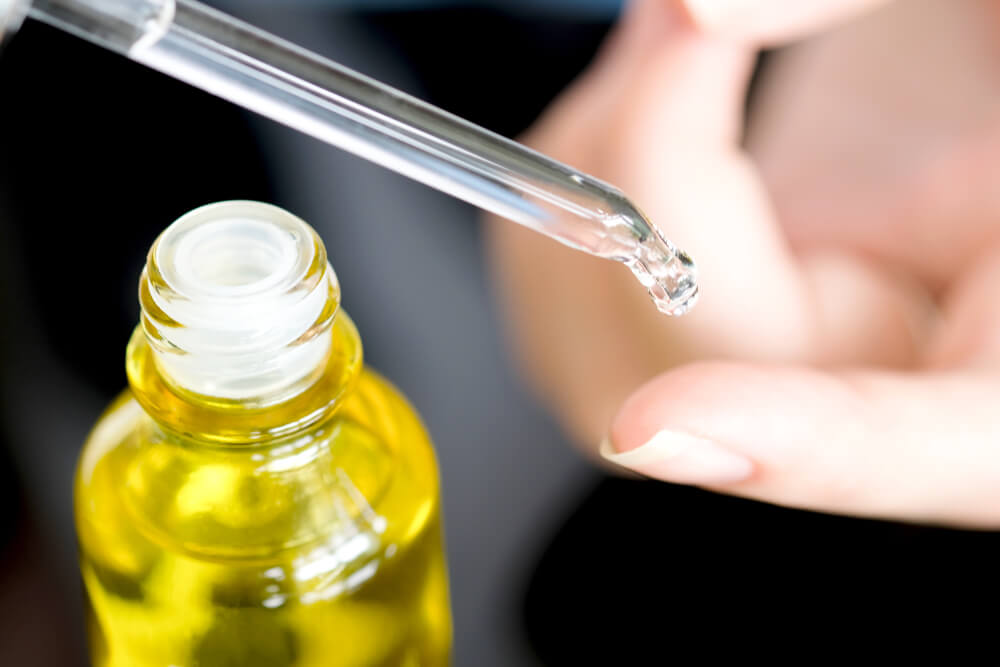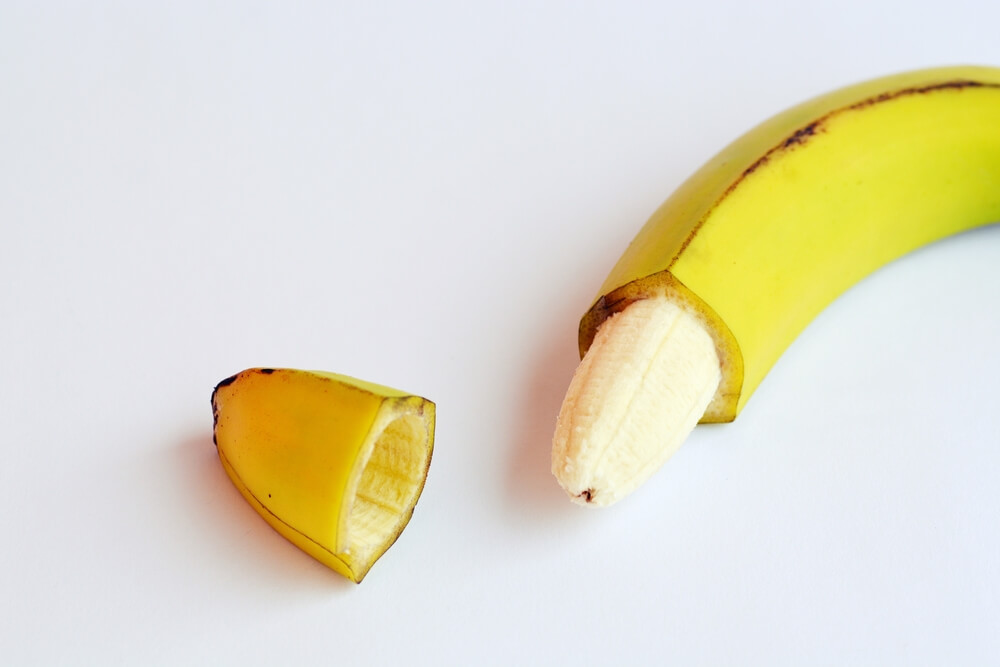Circumcision, much like any other surgery, has the potential to leave a scar. Typically, the potential for a circumcision scar to occur is one of the primary concerns new parents voice prior to the procedure taking place. Despite being a valid concern, trained professionals that perform the surgery in a Jewish circumcision Florida location take every precaution to avoid scarring and expedite the healing process. Below, we’ll explain the healing process and look at how to minimize scarring after surgery.
The Circumcision Healing Stages
Each individual will experience different results during the healing process. However, when the procedure is performed correctly and at a young age, the incision site often heals relatively seamlessly and without issue. Additionally, the type of circumcision scar that occurs will vary based on the circumcision method that your doctor or mohel uses.
Healing takes place over the course of several weeks. Parents should remember that in infants, healing typically will not leave excessive scarring despite any irritation that may occur during circumcision healing. For instance, in the first few days, you may notice that the skin around the penis looks red and inflamed. Inflammation is a normal part of the healing process and does not indicate problems with healing.
Additionally, once complete, your mohel secures a bandage over the wound to protect it from infection and irritation. Parents should change the bandage on a daily basis until the wound heals completely, which typically takes seven to 10 days. After the first three days, in most cases, swelling and redness subside. The line around the incision site, in most cases, will fade as it heals without leaving a scar.
What Does a Circumcision Scar Look Like?
Another common question the mohel at our Jewish circumcision Florida location receives involves the appearance of the scar itself. Many infants won’t have any sort of visible mark around the surgery site within a month of the procedure. However, some individuals may experience scarring based on the method of circumcision used and the way the incision heals.
These scars appear in several different ways. The most prominent and frequently seen is a small, thin line where the doctor stitches the foreskin back to the shaft. For most individuals, these lines are so small they’re nearly invisible. However, some individuals may experience thick and prominent scarring, especially if excessive bleeding or torn skin occurred around the incision site.
Another common scar appears due to the placement of the stitches. These scars often look like small bumps or irregularities on the shaft of the penis after stitch removal. Many parents find the appearance of these scars somewhat worrying due to how they look and feel. In most cases, the scars are entirely harmless and are a small side effect of an otherwise normal procedure.
Lastly, some children – and even adults circumcised later in life – may experience scarring as a result of scratching at the wound during the healing process. These scars often result in lumpy, uneven skin. Therefore, it’s exceptionally important that parents monitor their children during the circumcision healing process to prevent accidental irritation, which in turn leads to this type of scarring.
Parents of circumcised infants, as well as recently circumcised adults, should remember that itching around the incision site is relatively normal and a part of the healing process. Minor discomfort will occur and is normal. Severe discomfort or burning is not normal, and individuals with these symptoms should discuss the issue with their medical providers.
How to Get Rid of Circumcision Scar Irregularities
Despite the best efforts of medical practitioners, some people will inevitably end up with scarring as a result of circumcision healing. In the majority of cases, these scars won’t impact the individual’s quality of life and, at most may become a cause for insecurity. However, severe scarring can occur and may be problematic. Thankfully, severe scarring often only occurs in the case of what many refer to as a “botched circumcision,” which is exceptionally rare.
If you or your child experiences scarring, however, there are several ways to treat it. Most scarring is minor and typically won’t require any kind of medical intervention to treat. Regular over-the-counter treatments for these types of scars often help minimize appearance over time.
Some of the most commonly recommended treatments for minor scarring include the following:
- Vitamin E oil, which provides nutrients and has shown to help reduce scarring on sensitive skin tissue in several studies.
- Over the counter scar products, such as scar oils and other similar treatments, may help reduce or eliminate the appearance of scars. However, it’s important to ask your doctor prior to using these treatments to ensure they’re safe for genital use.
- Lightening creams often don’t totally eliminate the scar but can help even out the skin tone around the scars to reduce their visibility.
Typically, these “at home” treatments are enough to correct any scarring or disfigurement that occurs as a result of the circumcision. In extreme cases, patients may choose to opt for a surgery known as circumcision revision to reduce or eliminate the scars. This is a plastic surgery procedure that may leave its own mark. Therefore, clients are often encouraged to seek alternative treatments unless their scarring is exceptionally severe or disfigures the penis.

Preventing a Circumcision Scar
To avoid the potential problems caused by the circumcision healing process, parents of newly circumcised infants and adults circumcised later in life should follow some basic practices to ensure clean healing.
Some tips to prevent these scars include, but are not limited to:
- Covering the incision site and using petroleum jelly to prevent irritation and excessive itching
- Monitoring the incision site for any signs of infection or irregularities
- Communicating with your doctor or medical professional regarding any concerns or limitations to prevent ripped stitches and other common problems
Following these simple steps, alongside any guidance received by your doctor, can keep scarring from being a significant problem later in life. Naturally, some may scar more easily than others, and factors such as late-in-life circumcision are more likely to lead to scarring. Well-cared-for surgery sites often heal nicely and with little, if any, scarring.
Conclusion
Ultimately, any medical procedure has the potential to cause the buildup of minor scar tissue. Circumcision scars may lead to some embarrassment or insecurity issues, but rarely are they significant enough to cause long-term damage to the penis or its nerve endings. Proper aftercare helps reduce the chance of scarring and minimize the appearance of scars over time.
If you have questions about the circumcision process or want to know how the methods used by the mohel during a traditional Jewish circumcision can help ensure comfort and reduce the risk of scars, we encourage you to reach out to us. Our team of professionals always takes the time to explain the process, procedure, and associated risks to each of our patients before surgery.







